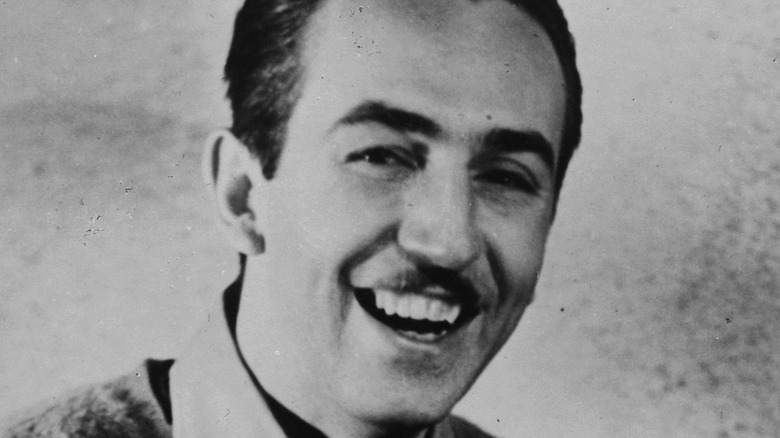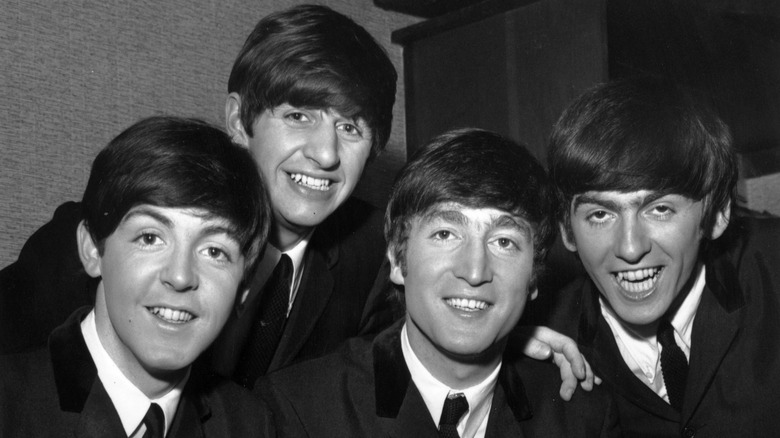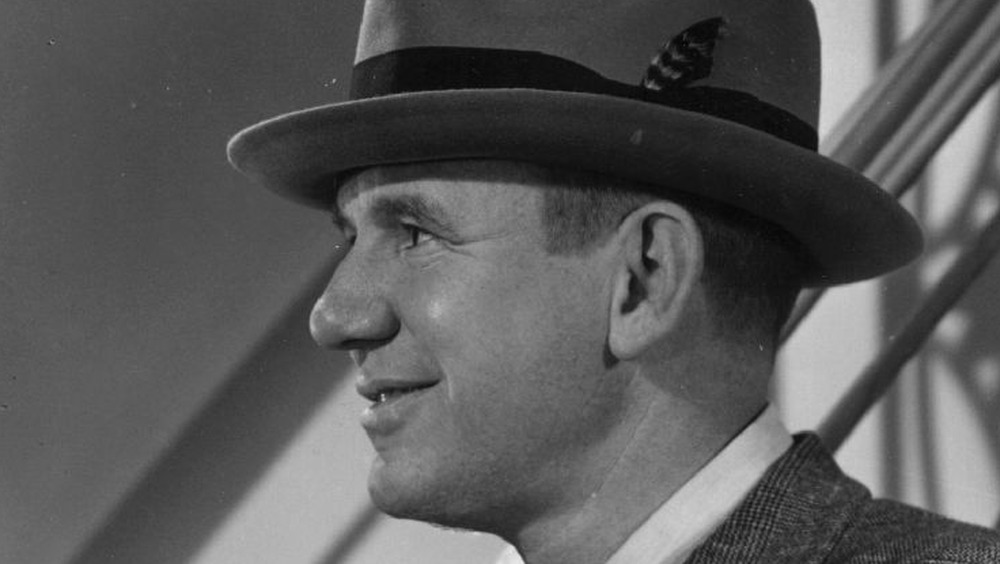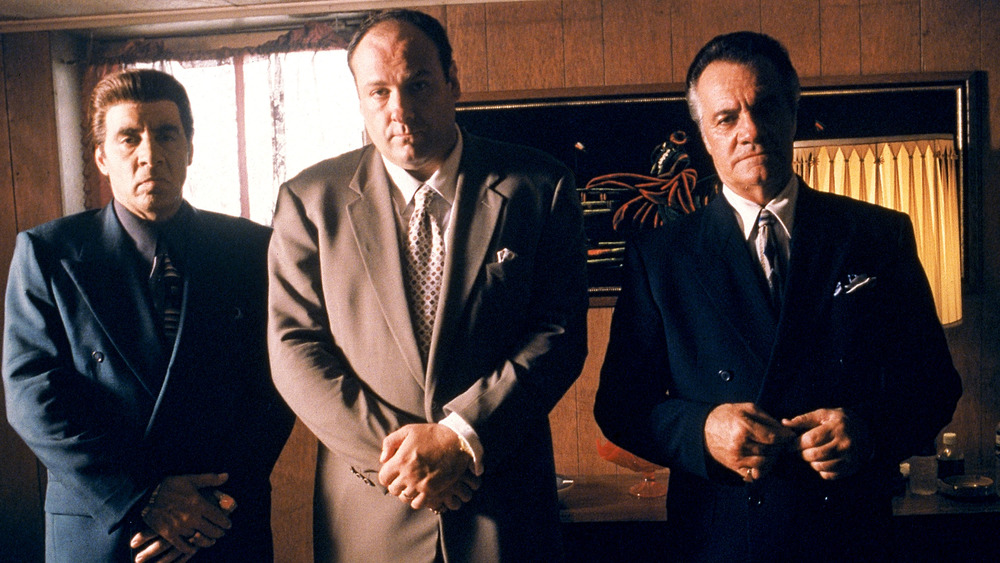
This Is The Difference Between A Serial Killer And Mass Murderer
The words “serial killer” weren’t used before FBI investigators Robert Ressler and John Douglas coined the term in the 1970s while doing research on violent offenders and interviewing serial killers for criminal profiling (via NPR). Ressler was inspired by the movie industry terminology “serial adventures,” which was used to describe a series of films where each episode ended in a cliffhanger, and the audience was left with the desire to watch the next movie to see what happens next. Ressler compared that to a killer who had the desire to commit a series of murders to be satisfied, as reported by Psychology Today.
Today, the FBI has a definition of the term serial killer — “the unlawful killing of two or more victims by the same offender, in separate events.” There are also other factors that are studied when using the term, such as the cooling-off period between murders. For some serial killers, cooling-off periods can last years, and it’s usually the time when they continue living their seemingly normal lives until the compulsion to kill reemerges. Some of the most infamous serial killers include Ted Bundy, Aileen Wuornos, and John Wayne Gacy. Some serial killers even have families that don’t have an idea of their illicit activities until they are caught.
Per Crime Museum, it is quite common for serial killers to be psychopaths who don’t feel guilty after doing horrible acts. Some are also charismatic, as was the case with Bundy, which helps mask their true intentions and allows them to live seemingly normal lives despite being murderers.
The definition of a mass murderer
While a serial killer murders in separate instances, a mass murderer kills many people in a single event. According to Science Direct, the term “mass murder” was first used in a 1982 New York Times article. Unlike a serial killer, a mass murderer doesn’t have a cool-off period and takes the lives of at least four individuals in one incident. Those who commit familicide — in which the perpetrator takes the lives of several family members — also fall under the category of a mass murderer. According to psychiatry professor Dr. Michael Stone, per Crime Museum, mass murderers are typically loners who don’t have many friends and struggle with social interactions. Their motivations for killing are not easily identified, and most are not diagnosed with psychosis but may have paranoid tendencies that may lead to mass murder.
Mass murders can be carried out by individuals, organizations, or even the government. An example of a mass murderer is James Oliver Huberty, a mentally unstable man who randomly opened fire at a McDonald’s restaurant in California, in 1984. He killed 21 people and left many others wounded within an hour of the attack, per History. On a large scale, genocide is one example of mass murder, such as what happened during the Holocaust when the Nazis killed millions of Jews. School shootings and cult killings, like what happened in Jonestown, are also prime examples of mass murders.
Differences in motivation
Although serial killers have varying motivations when they kill, in most cases, they do so to achieve gratification after they murder. This sets them apart from one-time killers who don’t get the same satisfaction. According to an article on Psychology Today, one of the main reasons serial murderers kill is because of their fear of being rejected, which in most cases, root from abandonment in their childhood years. For instance, infamous serial killers Ted Bundy and David Berkowitz were both left by their biological mothers. However, there are many other factors that contribute to a serial killer’s motivation, such as financial gain, anger, and sexual satisfaction among others.
On the other hand, per the Los Angeles Times, the majority of mass murderers experience triggers leading up to their crime. The trigger may be losing a job, being left by a significant other, or a big crisis that may be experienced by any individual; the difference is a mass murderer’s response to the problem. Political issues and racism are other common motivations for mass murderers as well. These criminals often show drastic changes in behavior and express to those close to them their plans to kill or die by suicide. As shown in a study conducted by the FBI in 2018, 77% of mass murderers plan their attack at least a week before they commit the crime (via Seattle Times).
Although there are differences between serial killers and mass murderers, both commit horrible crimes that leave loved many people devastated.

The Truth About Motley Crue's First Sober Album

The Meaning Of The Beatitudes In The Bible Explained

Here's What Happens To The Bowling Ball After You Hit A Strike

Roberto Solis: Was The Armored Car Robber Ever Found?
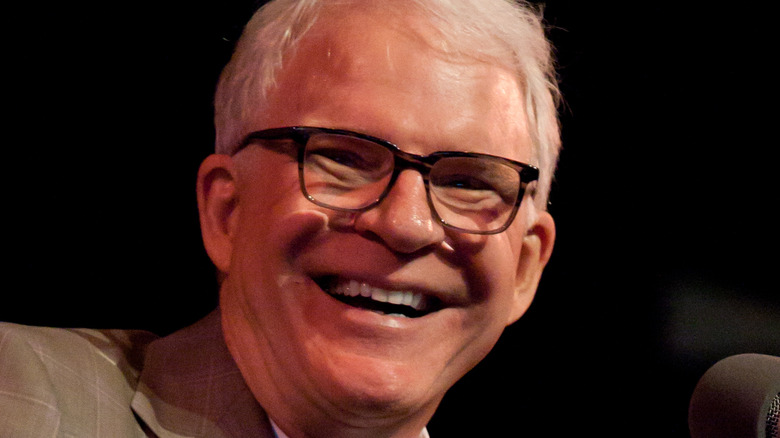
The Truth About Steve Martin's Music Career

The Truth Behind The Rivalry Between Ferrari And Lamborghini
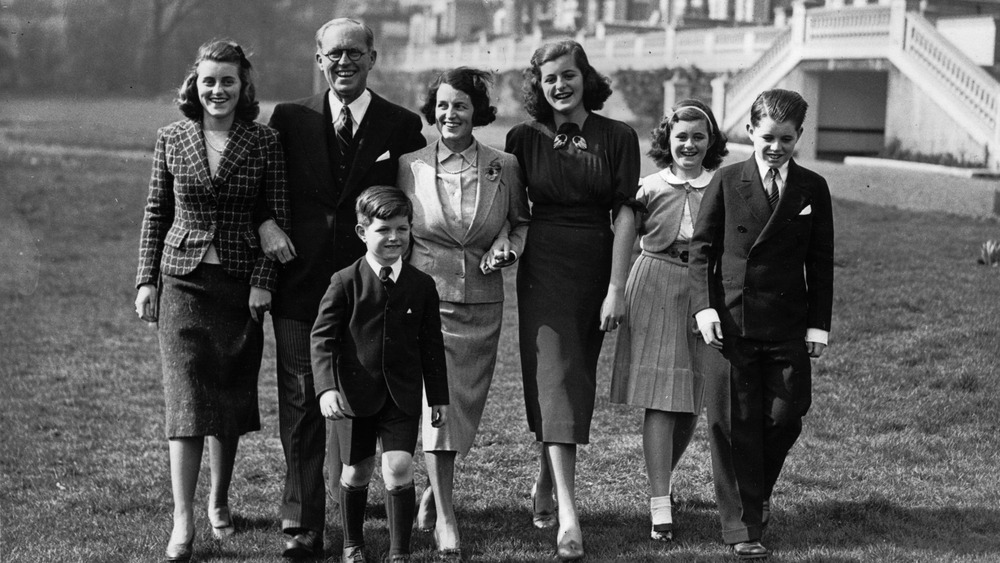
How The Kennedy Family Really Got So Rich

32% Of People Think This Band Would Give The Worst Prom Performance

How The Koch Family Really Got So Rich

Expert Shares The Dirty Truth About The Cecil Hotel Drinking Water





